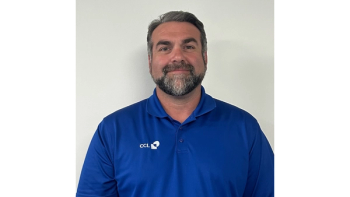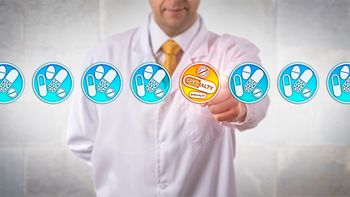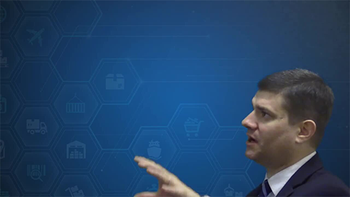
Program designed to aid life science organizations in improving go-to-market strategy.

Program designed to aid life science organizations in improving go-to-market strategy.

While an option for financial assistance, patients should consider the challenges.

Creating a user-centric approach that harnesses both digital tools and behavioral science is key to getting—and maintaining—patients on therapy, and improving clinical, financial, and, ultimately, brand-success outcomes for pharma manufacturers.

Offer potential to improve patient care, including in medication adherence.

Choosing the right pharmacy to administer the program involves a number of factors.

The importance of industry, as it moves forward, in focusing on patient-centered care and prioritizing patient needs across the supply chain.

Agreement is expected to help improve the medication delivery process for patients.

The Medicare Part D cap in 2025 won’t solve patients’ need for financial assistance.

Company delivers additional supply chain logistics and distribution experience to specialty pharmaceutical market.

The platform agnostic CGT hub hopes to streamline the path-to-care process, by providing physicians and patient services teams with visibility across the therapy development and delivery process.

Although there is no ‘one size fits all’ solution, the process is influenced by factors such as lifestyle stage, competitive outlook, and market constraints.

Innovation and investment in advancing lifesaving therapies for pediatric patients to the commercial stage remains a daunting task, but rapid advances today in modeling and simulation are reducing the hurdles for drugmakers.

With the rapid rise of the specialty drug market, manufacturers are increasingly relying on new advances used by patient hubs to boost their levels of patient engagement.

Deciphering the different "technology-first” and “technology-enabled” patient support programs.

How personalized interventions can help boost the omnichannel experience for patient hubs—and drive engagement and impact adherence in outcomes.

Pharma Commerce offers a synopsis of some of the conference’s events.

Pharma Commerce provides a look into a few of the conference’s highlights.

Jessica Longo offers her insights on the changing patient access landscape.

Novo Nordisk executive dives into supporting cardiometabolic patients within her current role.

VP for TrialCard talks steps to making PAP processes more efficient.

Diana Villanova explains the knowledge obtained by attendees from her breakout session.

TrialCard exec describes how her experience in biotech consulting led to her current position.

TrialCard VP offers a synopsis of breakout session.

Corey Ford comments on his second PAP presentation, with this one centered around broadening the definition of adherence.

AmerisourceBergen exec explains how his experience in health policy analysis and data analytics helps him tackle patient access obstacles.